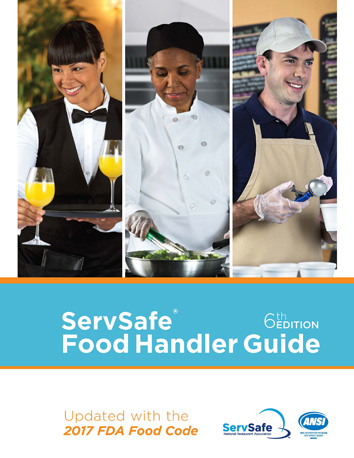Texas Food Safety Manager Certification Study Guide

Ready to eat food food is food that can be eaten without further.
Texas food safety manager certification study guide. Study guide for cpfm exam covering basics of food safety. Only a good program and training on cleaning sanitizing and food safety can provide your customers safe food which should be the certified food manager s first responsibility. Dairy products eggs meats poultry fish shellfish cooked potatoes cooked rice soy and soy products bean sprouts cooked tomatoes and melons garlic and oil mixtures. If you re required to obtain a servsafe certification for your restaurant or bar job our free study guides for the servsafe exam can be a big help.
It acts as a food safety manager certification study guide so that you feel confident when you take the test. Certified food professional food manager certification study guide hrbuniversal llc 855 4 hrbuni 855 447 2864 talk text fax 866 wegohrb 866 934 6472 talk. We give you a summary of the information you need to know arranged by individual certification so you can easily study the information for the certificate you need to obtain. Obtaining a food manager certification.
The food manager certification is obtained by passing a department of state health services dshs approved certified food manager certification examination. Additionally once you pass your exam you can print your food manager certificate to display at your establishment. Select your state above to learn more about our food safety manager certification. This shows health inspectors that you have the knowledge required to keep your customers and employees safe.
Certification is valid for five years. Ensuring that bare hand contact with ready to eat food is prevented unless employee training is initiated. The food examination may be taken at any licensed training program test site online exam or national exam provider. Also don t forget to take food handling practice tests before your exam.
Food service manager s certification 4 knowledge of the required temperatures and times for safe refrigerated storage hot and cold holding cooling thawing and reheating of potentially hazardous foods. Based on the fda 2017 food code.












































